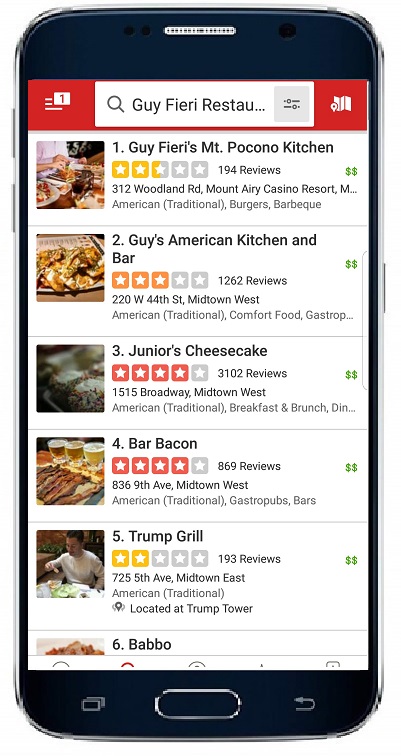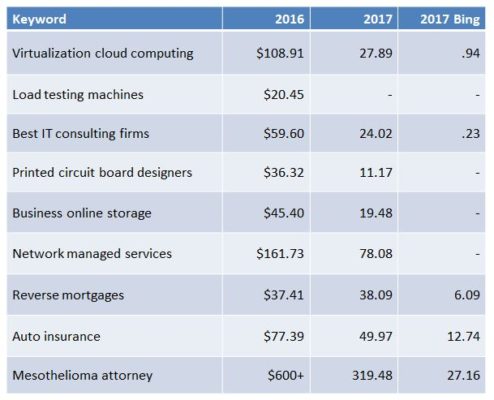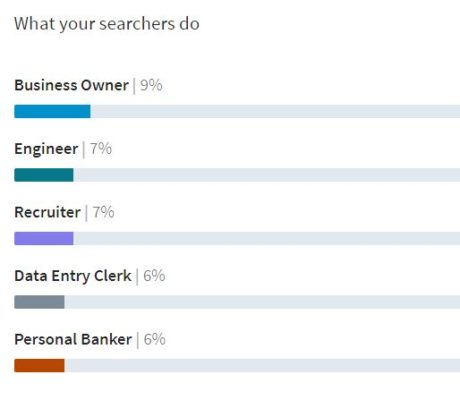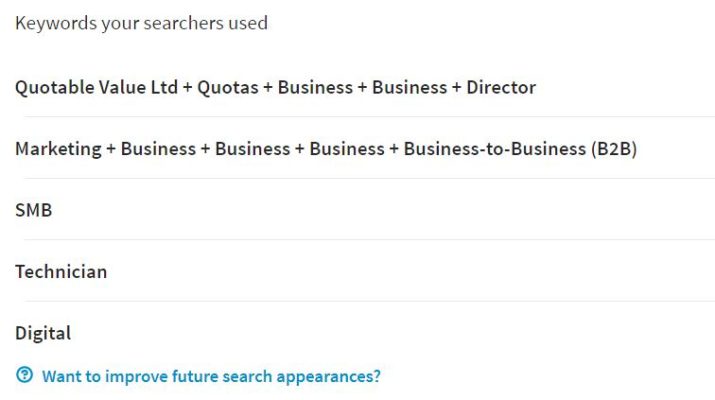Walmart has not been known as an innovative company (except operationally, where it has crushed the competition with its supply chain efficiency). “Everyday Low Prices” is not exactly the cry of the creative.
Over the past 20 years it has allowed Amazon to grow into the dominant online retailer, even if Walmart’s total revenue grew more than Amazon’s during that period.
Now Walmart is fighting back, and one area of focus is food.
Walmart is already the largest seller of groceries, with close to 25% of the market.
Now Walmart is trying to create unique, branded foods in its Culinary and Innovation Center. There they are working on developing bright yellow watermelon and candy-flavored grapes – and that’s just what they’ll talk about in public.
It’s similar to how Netflix and Amazon started by carrying other companies’ movies but then went on to create their own. If you want “Stranger Things” or “Orange is the New Block” you can only get them on Netflix, just like you’ll only be able to get that yellow watermelon at Walmart.
People shop more regularly for food than for anything else. That’s one reason that Amazon bought Whole Foods. If Walmart can increase even more its lead in the grocery business, it can also sell people many other items while they’re in the store.




